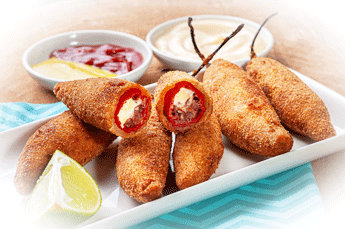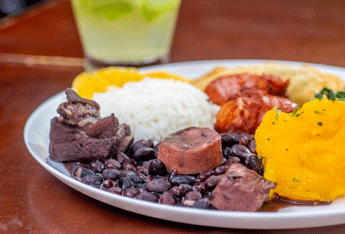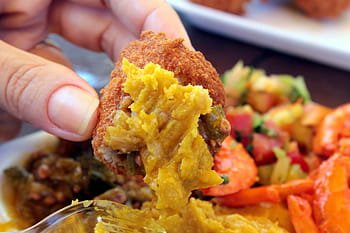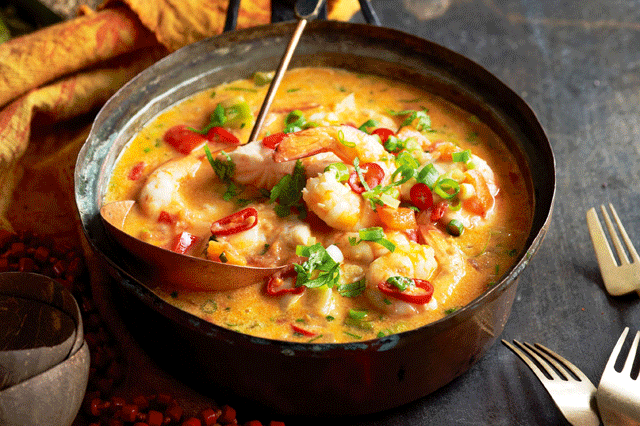Griiled pinepple with chilli flakes
Nutrition Information
- Serves: 10
- Serving size: 100g
- Calories: 53
- Fat: 0 g
- Saturated fat: 0 g
- Unsaturated fat: 0 g
- Trans fat: 0 g
- Carbohydrates: 11 grams
- Sugar: 11 g
- Sodium: 3 mg
- Fiber: 1 g
- Protein: 0 g
- Cholesterol: 0 mg
Recipe type: Dessert
Cuisine: Brazilian
Prep time:
Cook time:
Total time:
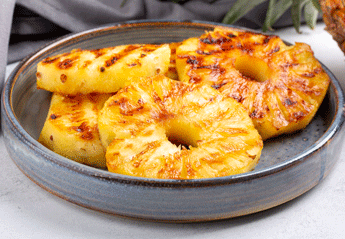
Griilin pineapples as a dessert is really easy to do. For minimal effort you land up with a dish that everyone loves. When you add a little Chilli to that and you have a real winner. Very good when done in grill pan on your stove top but but even more exceptional when done on the BBq
Ingredients
- Pineapples - one large ( ripe)
- Chilli flakes - one tablesppon
- Brown sugar - two tablespoons ( optional)
- Lime juice - one tablespoon
Instructions
- Skin the pineapple and into 20mm slices
- Sprinkle with sugar ( if using and lime juice)
- Bring a griddle pan to high heat. ( on the BBQ place on the grill over slow burning coals)
- Place the pine apple rings in the pan . Grill until black/ brown char marks appear on the first side then flip
- When the second sided is simailary borwne flip again. Cook for another 30 seconds
- Sprinkle with chilli flakes
- Serve on its own or with ice-cream
Notes
Keywords: Grilled pinapple with Chilli flakes
Serves: about 10 portions ( dependant on pineapple size)
Serves: about 10 portions ( dependant on pineapple size)

